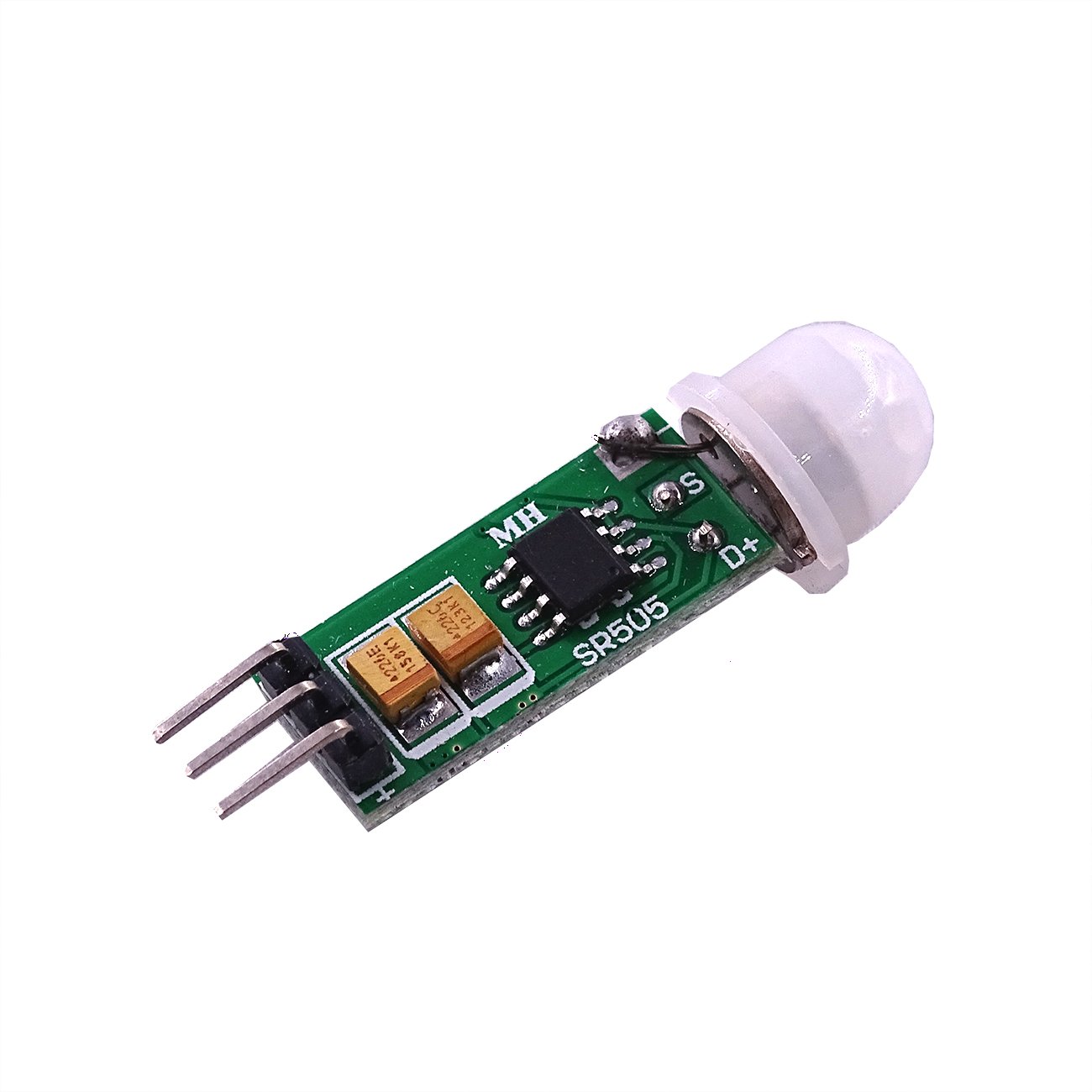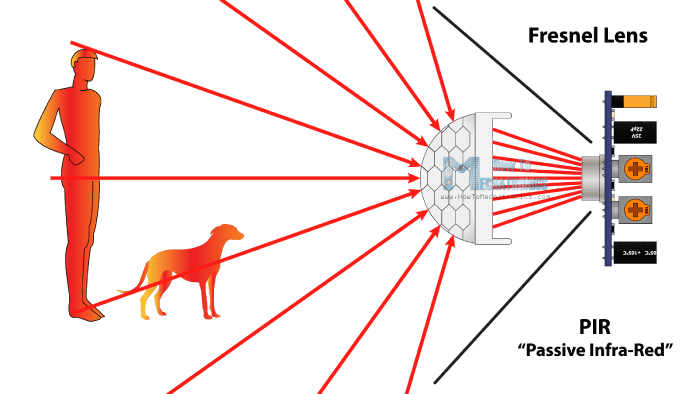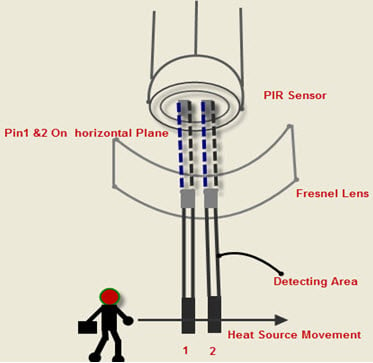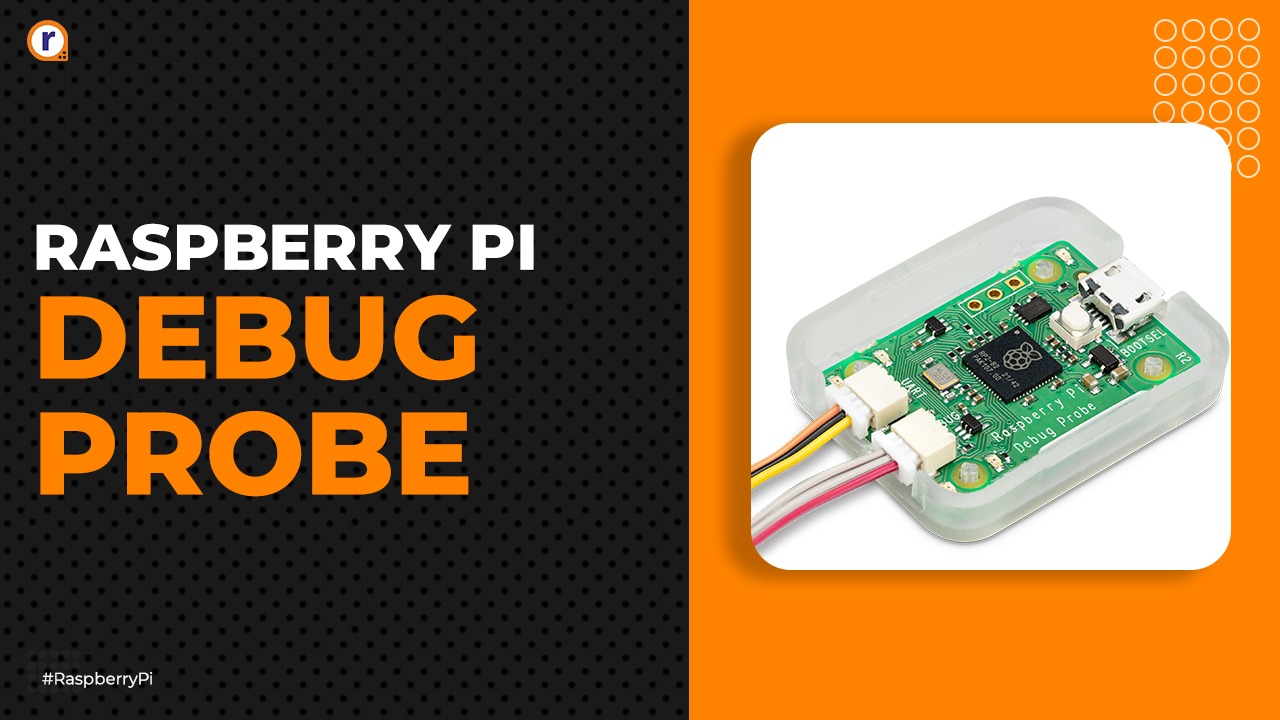This blog will cover the PIR sensor working principle.

PIR sensors allow you to sense motion. They are small, inexpensive, low-power, easy to use and don't wear out. For that reason they are commonly found in appliances and gadgets used in homes or businesses.
Now, the big question is that how it will detect the human activities? Do not worry, this tutorial will guide you about the PIR sensor working principle.
What is a PIR Sensor?
 A passive infrared sensor is an electronic sensor that measures infrared light radiating from objects. PIR sensors mostly used in PIR-based motion detectors. Also, it used in security alarms and automatic lighting applications. The below image shows a typical pin configuration of the PIR sensor, which is quite simple to understand the pinouts. The PIR sensor consist of 3 pins,
A passive infrared sensor is an electronic sensor that measures infrared light radiating from objects. PIR sensors mostly used in PIR-based motion detectors. Also, it used in security alarms and automatic lighting applications. The below image shows a typical pin configuration of the PIR sensor, which is quite simple to understand the pinouts. The PIR sensor consist of 3 pins,
-
Pin1 corresponds to the drain terminal of the device, which connected to the positive supply 5V DC.
-
Pin2 corresponds to the source terminal of the device, which connects to the ground terminal via a 100K or 47K resistor. The Pin2 is the output pin of the sensor. The pin 2 of the sensor carries the detected IR signal to an amplifier from the
-
Pin3 of the sensor connected to the ground.
What does a PIR Sensor detect?
Generally, PIR sensor can detect animal/human movement in a requirement range. PIR is made of a pyroelectric sensor, which is able to detect different levels of infrared radiation. The detector itself does not emit any energy but passively receives it.
It detects infrared radiation from the environment. Once there is infrared radiation from the human body particle with temperature, focusing on the optical system causes the pyroelectric device to generate a sudden electrical signal.
Simply, when a human body or any animal passes by, then it intercepts the first slot of the PIR sensor. This causes a positive differential change between the two bisects. When a human body leaves the sensing area,the sensor generates a negative differential change between the two bisects.
PIR Sensor Working Principle
The passive infrared sensor does not radiate energy to space. It receives the infrared radiation from the human body to make an alarm. Any object with temperature is constantly radiating infrared rays to the outside world. The surface temperature of the human body is between 36° C - 27 ° C and most of its radiant energy concentrated in the wavelength range of 8 um-12 um.
Passive infrared alarms classified into infrared detectors (infrared probes) and alarm control sections. The most widely used infrared detector is a pyroelectric detector. It uses as a sensor for converting human infrared radiation into electricity. If the human infrared radiation is directly irradiated on the detector, it will, of course, cause a temperature change to output a signal. But in doing all this, the detection distance will not be more. In order to lengthen the detection distance of the detector, an optical system must be added to collect the infrared radiation. Usually, plastic optical reflection system or plastic Fresnel lens used as a focusing system for infrared radiation.
In the detection area, the lens of the detector receives the infrared radiation energy of the human body through the clothing and focused on the pyroelectric sensor. When the human body moves in this surveillance mode, it enters a certain field of view in sequence and then walks out of the field of view. The pyroelectric sensor sees the moving human body for a while and then does not see it, so the infrared radiation of human body constantly changes the temperature of the pyroelectric material. So that it outputs a corresponding signal, which is the alarm signal.
What is the Range of PIR Sensor?
-
Indoor passive infrared: Detection distances range from 25 cm to 20 m.
-
Indoor curtain type: The detection distance ranges from 25 cm to 20 m.
-
Outdoor passive infrared: The detection distance ranges from 10 meters to 150 meters.
-
Outdoor passive infrared curtain detector: distance from 10 meters to 150 meters
Hope this tutorial helps you to understand the PIR sensor working Principle. We at Robu.in hope that you found it interesting and that you will come back for more of our educational blogs.










